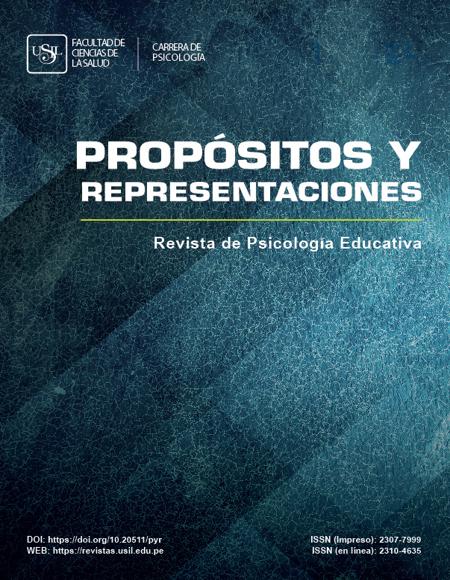3d Corrective Space in the Physical Rehabilitation of Children with Musculoskeletal System Disorders
3d Corrective Space in the Physical Rehabilitation of Children with Musculoskeletal System Disorders
##plugins.themes.bootstrap3.article.main##
In the article, the capability of the space category is considered as one of the main conditions of the matter's existence. We are referring to the length, width and height in their 3D unity. In order to increase the effectiveness of children's physical rehabilitation from a methodological point of view, we proposed to consider physical space as a conditional four-dimensional substance, including еhe subjective aspect of a specific motoric play situation perception of a child and a rehabilitation teacher. During the physical rehabilitation classes for children with musculoskeletal system disorders, after many years of practice, it was noticed that spatial parameters can be purposefully controlled to improve the correction efficiency of various motoric disorders. The authors propose to consider as a special phenomenon the corrective modelling of the internal hall architecture to solve the necessary pedagogical problems. The authors named this phenomenon corrective 3D space. In the process of empirical studies of this phenomenon, the authors came up with the following options for its use in the physical rehabilitation of the specified children contingent: an artificial decrease of the spatial parameters of the motoric play zone, an artificial increase of the spatial parameters of the motoric play zone, an artificial violation of the harmonious relationships of the spatial parameters of the motoric play zone (length, width and height), and an artificial complication of the spatial parameters of the motoric play zone for physical rehabilitation of the child. It turned out that the above options for purposeful changes in spatial parameters have a positive effect of increasing the effectiveness of the correctional process of physical rehabilitation of children with musculoskeletal system disorders. The usual passive physical space of the hall is transformed into a corrective 3D space that actively influences the rehabilitation process.














